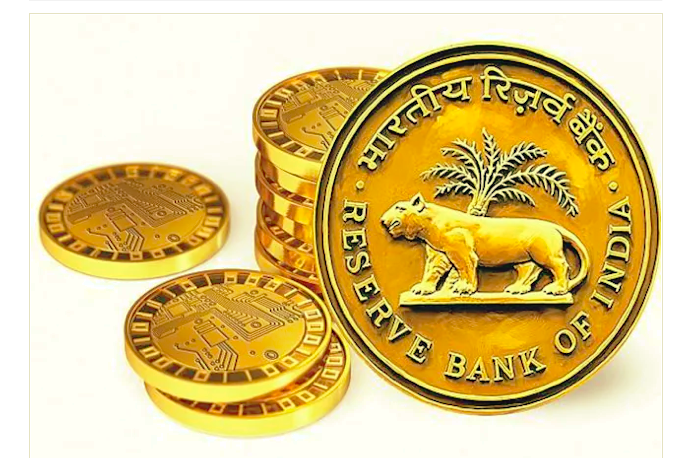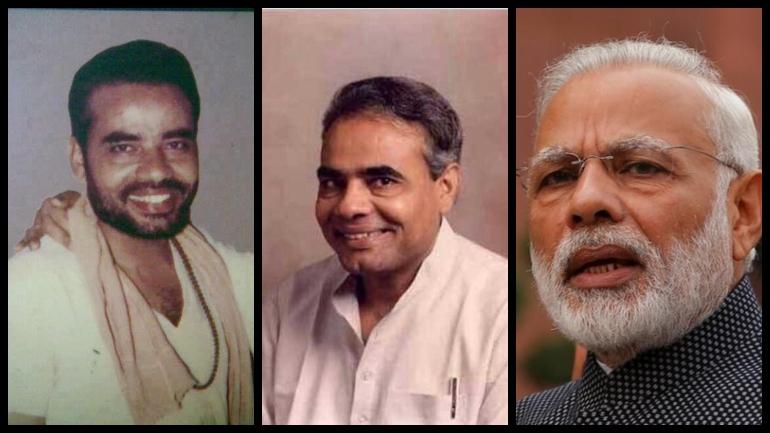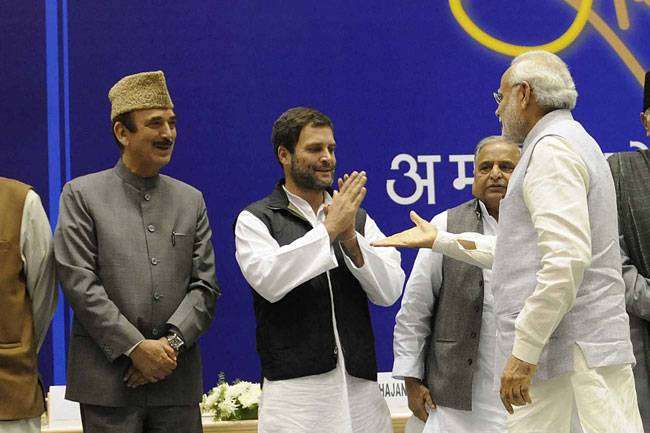When it comes to tech innovations and happenings, 2022 has been a year of laying the groundwork for things that will take shape in 2023 or further down, in 2024.
From the European Union’s historic move to make USB Type-C a common charging port for all electronic devices, starting 2024, to the launch of mobile chips with hardware ray tracing support, it’s been a busy year for consumer tech.
Following the EU’s move, India, too, is considering shifting to a common charging port for all electronic devices with the aim to simplify things for consumers and cut down on the massive amounts of e-waste generated in the country.
There is a slight difference in the approach, though. Union government is of the view that India should move to two types of standards: one for portable devices such as smartphones, laptops and tablets; and another for feature phones, which are prevalent in the country and have a significant market share.
There have been frequent consultations between the inter-ministerial task force set up by the Union government and the stakeholder in the industry. By next year, there would likely be a decision on a common charging port for electronic devices.
Some manufacturers keep restrictive policies with regard to product repairs, which make them and their authorised service partners the only available channel for any repair-related service required by the consumers – especially, to avail of the warranty.
Right to Repair ( RTR ) would essentially decentralise the manufacturers’ control on repairs, allowing people to get their products – such as smartphones, laptops, cars and refrigerators – fixed on their own without losing the warranty.
This right has been recognised in many countries, including the US, UK and the European Union, but has gained India’s interest only this year.
In its first meeting to develop a comprehensive framework on the Right to Repair, a government committee this year identified important sectors to implement it. These include farming equipment, mobile phones, tablets, consumer durables, and automobiles/automobile equipment.
By next year, the Right to Repair framework is likely to become a reality in India.
Year 2023 would be a defining one for 5G. The next-generation network would be available in more towns and cities, and there will be an influx of devices across price bands, including entry-level smartphones, to make it mainstream.
Also, some of the use cases of 5G such as robotics, cloud computing and cloud gaming, which were tested and showcased before its launch may roll out commercially for consumers to experience.
Super 5G apps
A super app allows businesses to consolidate their offering under one umbrella. Such apps are common in China, and are now inviting interest across the world.
In India, the Tata Group officially rolled out its super app, named Tata Neu, this year.
Next year, the super app ecosystem in the country is set to draw more names, including from Asia’s richest tycoon, Gautam Adani. Touted to be “the Ferrari of the digital world” by Adani, the super app would take off in the first half of next year. Other possible entrants in 2023 could be the MyJio app from Reliance Retail, a wholly owned subsidiary of Reliance Industries, and Paytm.
Also in Game field Ray tracing is an image-rendering technology that brings realism to games by producing realistic lighting effects. This technology requires significant computing resources; therefore, it has been restricted to gaming consoles and computers until now.
With the advancement in mobile chips, the ray tracing technology is now available at hardware level in premium mobile chips from Qualcomm, MediaTek, and Samsung. It essentially means that developers of mobile games can now leverage this new-age technology to deliver realistic graphics in games played on mobile devices.
Digital Currency
With 2022 headed towards its end, investors seem to wonder what lies in the 2023 version of cryptocurrency market. It is believed that market analysts expect 2023 to drive global adoption of Web3.0, cryptocurrencies, and other underlying technologies.
According to Shufti Pro, a software company, major events which impacted the cryptocurrency market in 2022 include Bitcoin and Ethereum losing over 50% of its value, FTX’s collapse leading to an eight billion dollars loss in accounting, and Terra Luna’s 95% crash in value which caused over $60 billion drainage. However, market analysts predict that 2023 will focus more on developing a cryptocurrency-oriented framework and enhance central bank digital currency (CBDC) use cases.
“I believe global regulatory and taxation coordination will be two themes that’ll play out in 2023. The collapse of Terra Luna has aimed to enhance the outline and accelerate the development of more stablecoins and CBDCs across the world.
While a lot of pilots have started this year, the mass implementation of the same should be expected in late 2023,” Anurag Dixit, founder, Kunji, a cryptocurrency asset management firm, told









